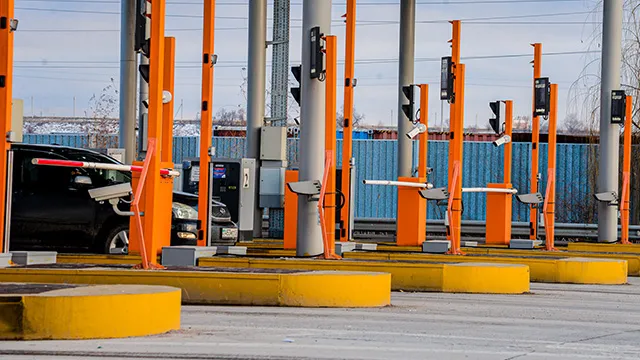The Department of Transport Management (DoTM) in Nepal has begun issuing high security embossed number plates, which are readable by automatic number plate recognition (ANPR) camera systems.
The number plates carry a chip which is connected to the vehicle’s GPS system; this helps to locate the vehicle in the event of theft.
The government plans to replace the old number plates over the next five years, beginning with government-owned vehicles in the first phase, followed by diplomatic and personal ve
August 22, 2017
Read time: 1 min
The Department of Transport Management (DoTM) in Nepal has begun issuing high security embossed number plates, which are readable by automatic number plate recognition (ANPR) camera systems.
The number plates carry a chip which is connected to the vehicle’s GPS system; this helps to locate the vehicle in the event of theft.
The government plans to replace the old number plates over the next five years, beginning with government-owned vehicles in the first phase, followed by diplomatic and personal vehicles. Five colours of plate and text will be used to differentiate between government vehicles, private and diplomatic vehicles.









